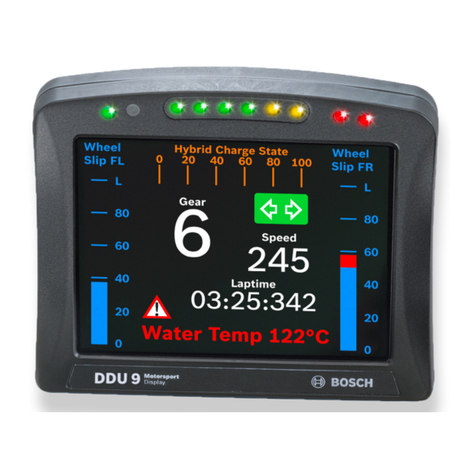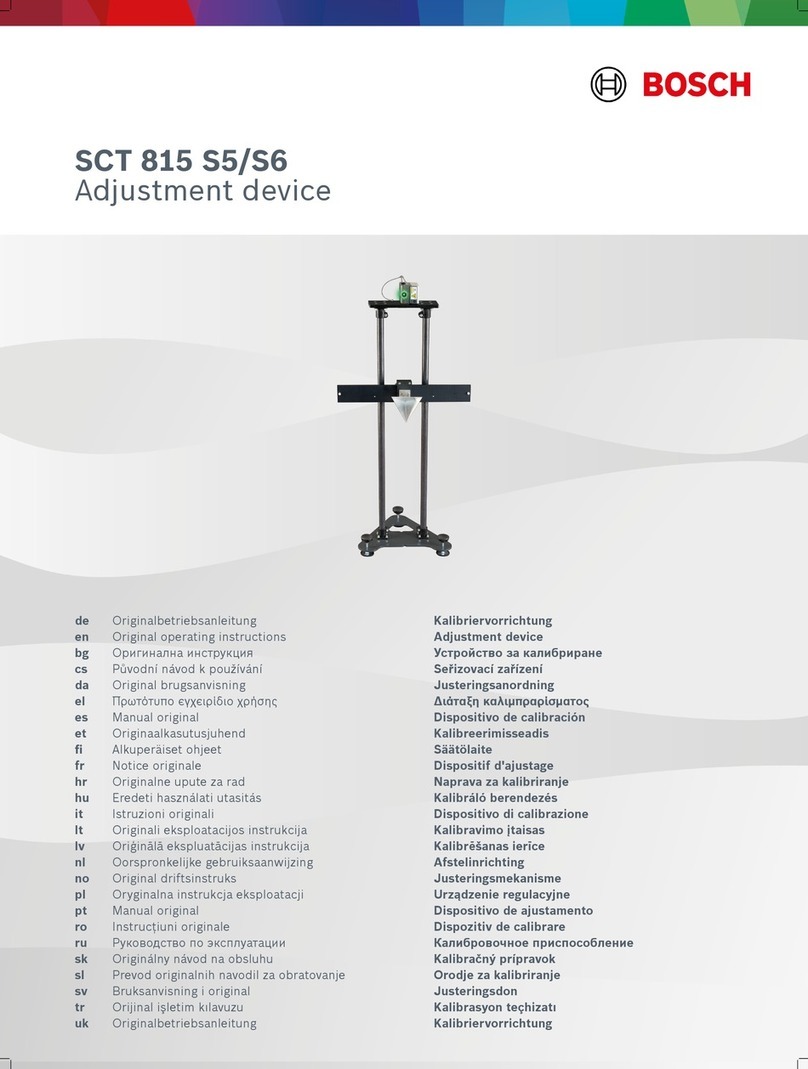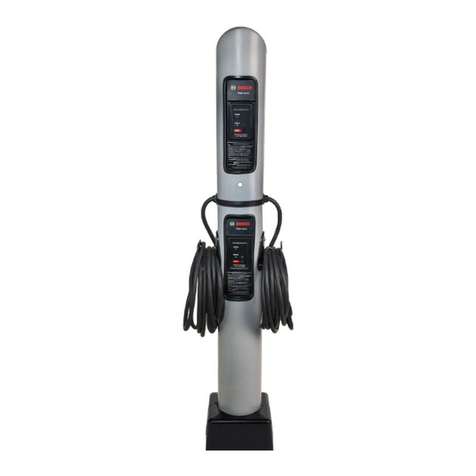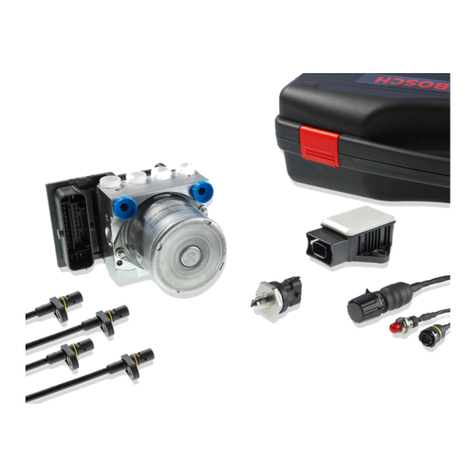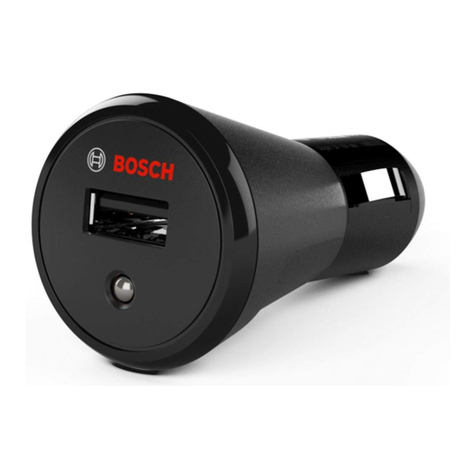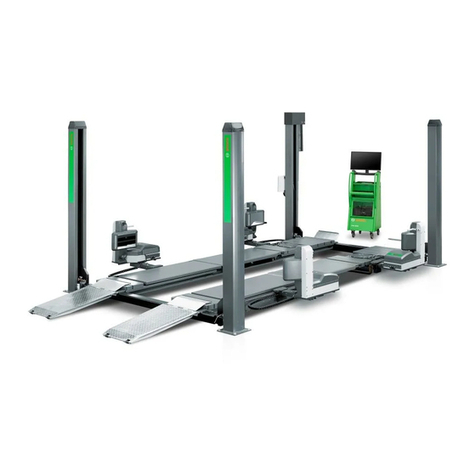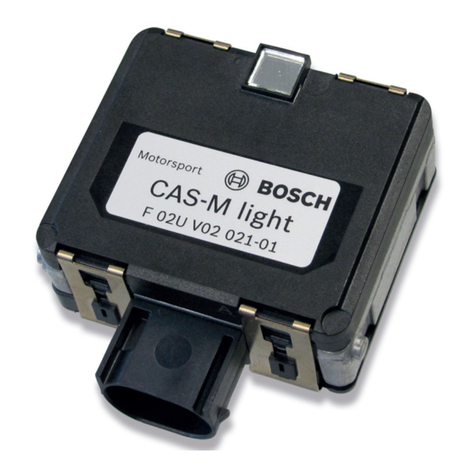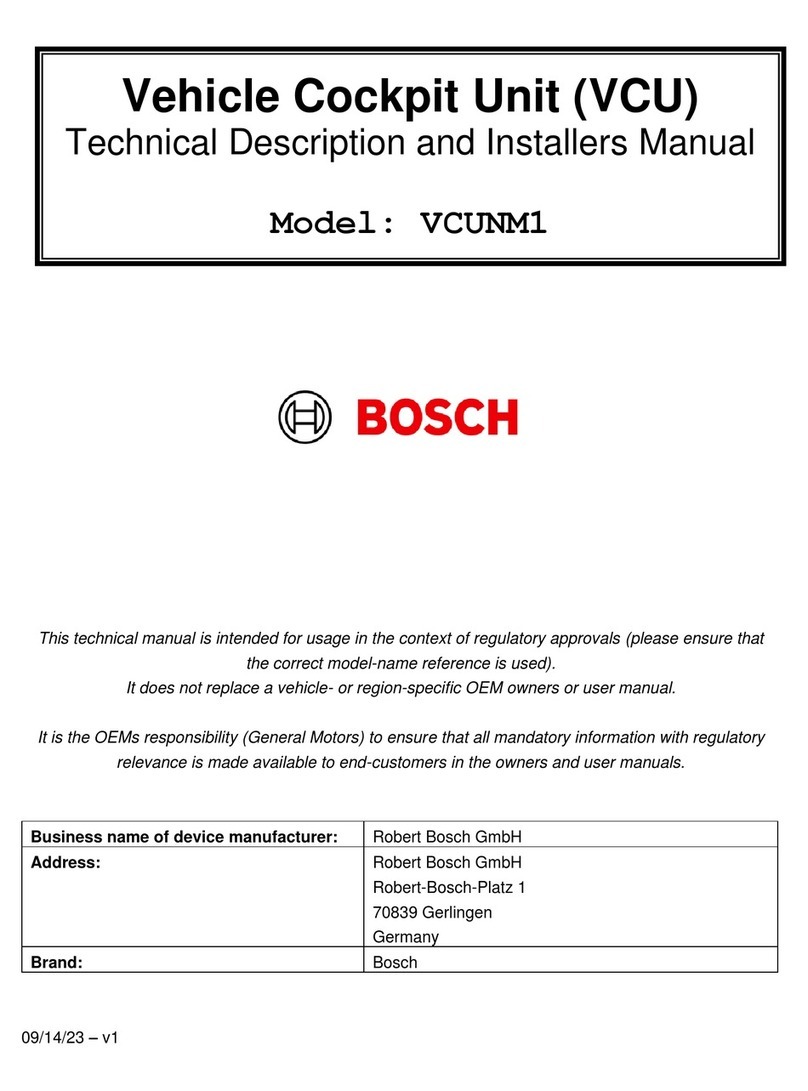english | 6 7 | english
Prior to start-up
3Read the battery operating instructions before
connecting up the charger.
3Observe the vehicle manufacturer's
recommendation if the battery is still
connected to the vehicle.
3Clean the battery terminals. When doing so,
do not allow the dirt to come into contact
with your eyes or mouth.
3Ensure adequate ventilation. Hydrogen gas
(electrolytic gas) may escape from the battery
during charging and trickle charging.
Connection
3Connect the (+) terminal (red) (5) of the
charger to the (+) terminal of the battery.
3Connect the (–) terminal (black) (6) of the
charger to the (–) terminal of the battery.
3The (–) terminal (black) (6) can also be
connected to the car body, however well
away from fuel pipes.
Note: Make sure the (+) and (–) terminals are firm.
3Only then is the power cord to be connected
to the mains current.
As soon as the charger has been connected to the
mains current, it switches automatically to standby
mode. The “Power” indicator will light up.
Note: The charger is provided with reverse
polarity protection. The LED (–)(+) (9) will light up
if the (+) and (–) terminals (5) (6) are interchanged
on connection.
Disconnection
3Switch the charger to standby by pressing
the Mode selection button.
3Always start by disconnecting the power cord
from the mains current.
3Disconnect the (–) terminal (black) (6)
of the charger from the (–) terminal of the
battery.
3Disconnect the (+) terminal (red) (5)
of the charger from the (+) terminal of the
battery.
Memory function
If the C3 charger is disconnected from the mains
during charging, the unit stores the mode imple-
mented. On re-connection to the mains and if the
battery is of the same type (6 V or 12 V), the unit
starts up automatically in the last mode. In the
case of a different type of battery (6 V and 12 V),
it switches to standby.
Caution: If mode 3 or 4 (12 V battery > 14 Ah) was
last implemented and a 12 V battery < 14 Ah is then
connected, this may result in overcharging and dam-
age to the battery. In such cases the mode is always
to be set appropriately for the battery to be charged.
3Never touch both terminals at the same
time when the charger is in operation.
3Always disconnect the power cord from the
socket before connecting the charging cable
to the battery or disconnecting it from the
battery.
3On completion of charging and trickle charging
for a battery permanently connected in the
vehicle, always start by disconnecting the
terminal (–) (black) of the charger from the
(–) terminal of the battery.
3In the event of malfunctions and damage,
always disconnect the charger from the mains
current immediately.
3The charger is only to be repaired by qualified
specialists.
3Disconnect the charger from the mains current
and the battery when not in use.
Product description
This unit is designed for charging open as well as
a wide range of closed lead acid batteries used
for passenger cars, motorcycles and certain other
vehicles – e.g. WET batteries (with liquid electro-
lyte), GEL batteries (with electrolyte in gel form) or
AGM (absorbent glass mat) batteries. The battery
capacity ranges from 6 V (1.2 Ah) to 6 V (14 Ah)
or from 12 V (1.2 Ah) to 12 V (120 Ah).
The special device concept permits re-charging up
to virtually 100 % of the battery capacity.
The charger features a total of 4 charging modes
for different batteries in various states. This makes
charging more efficient and reliable.
In contrast to conventional products, the charger
has a special function (pulse charging) which per-
mits the re-charging of more or less flat batteries.
Trickle charging: The charger can be left perma-
nently connected to maintain the full battery charge.
After charging, the charger switches automatically
to the trickle charge mode.
Stringent precautions to prevent incorrect usage
and short circuits guarantee safe working. Thanks
to an integrated circuit, several seconds elapse after
selecting the charging mode before the charger
starts the charging process. This means that the
sparks frequently encountered during the connec-
tion process can be avoided.
In addition, the battery charger is controlled by an
internal MCU (micro-computer unit).
Operation
09.2014 | C3 | Battery charger Automotive AftermarketAutomotive Aftermarket Battery charger | C3 | 09.2014




